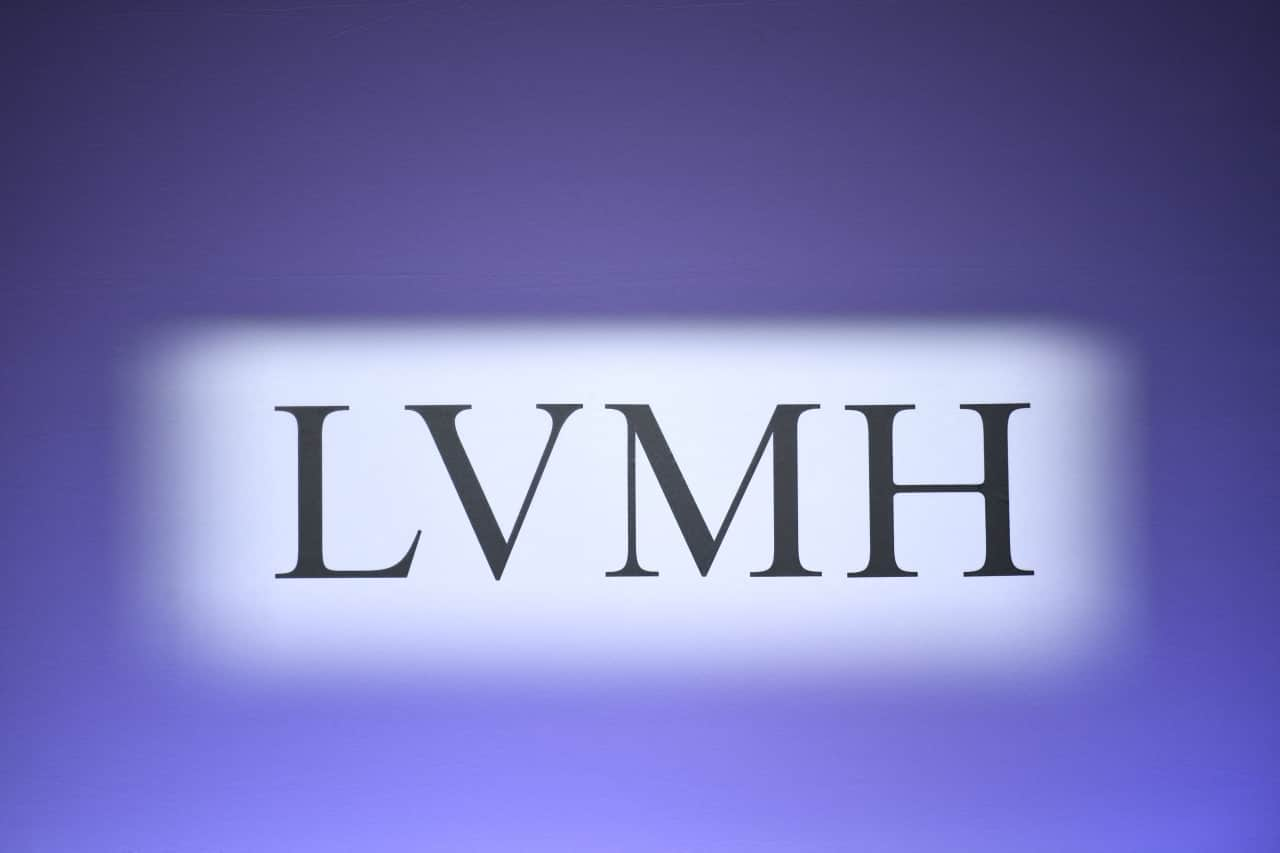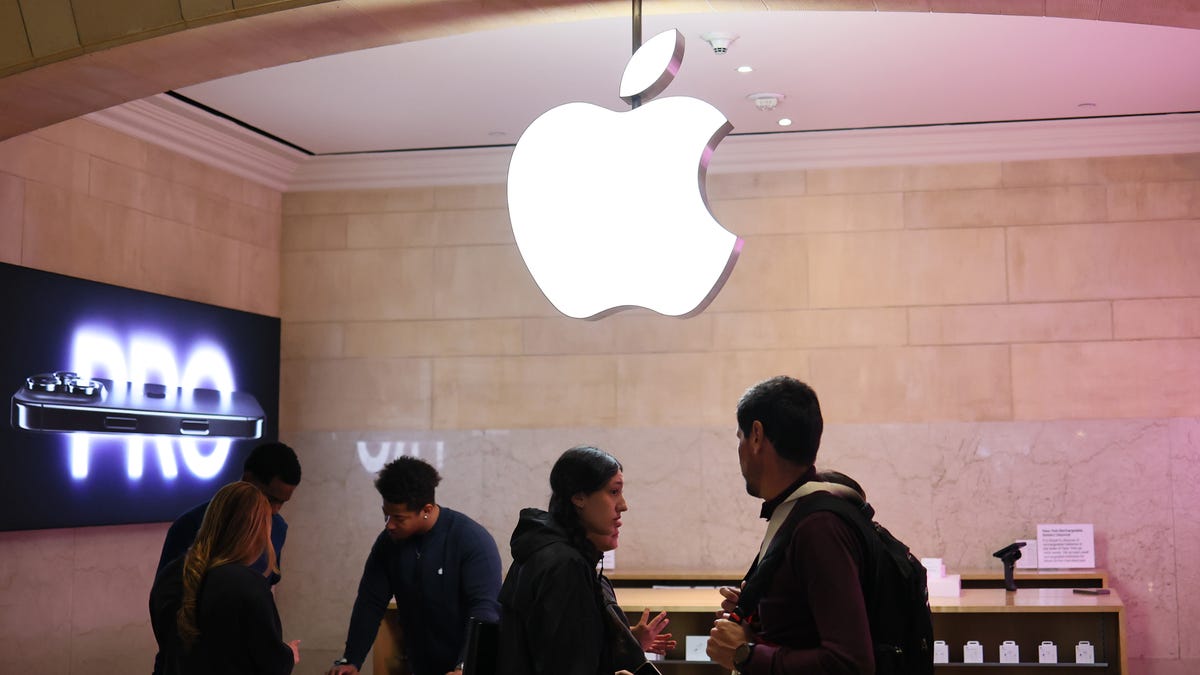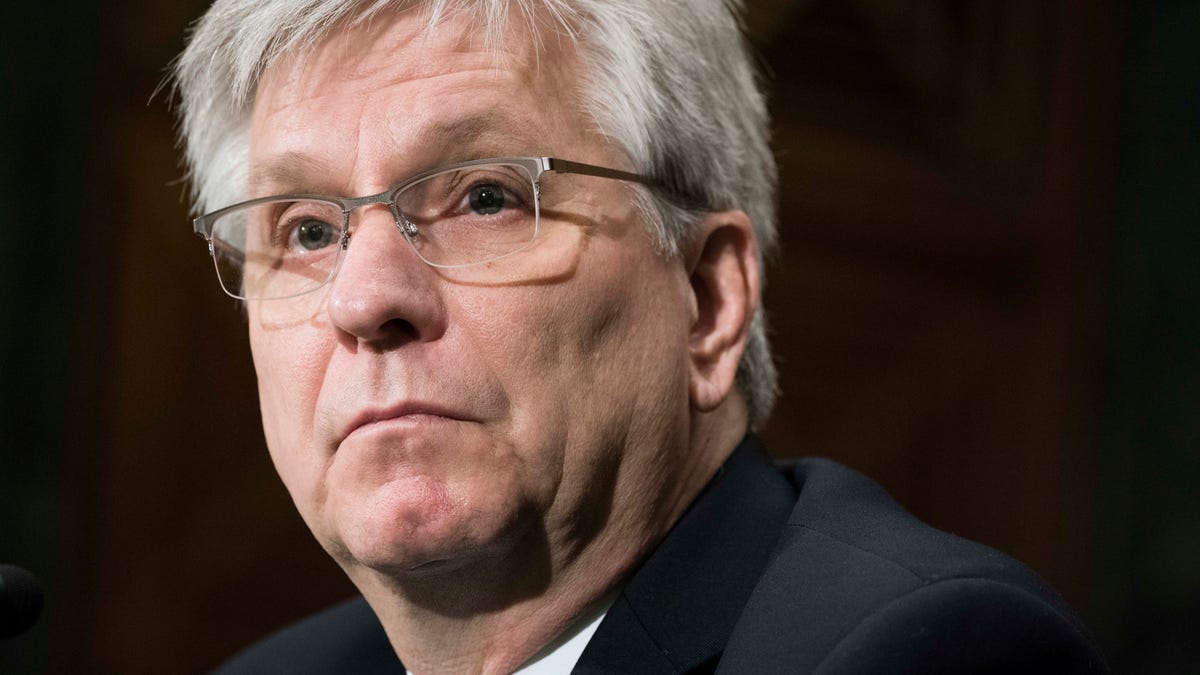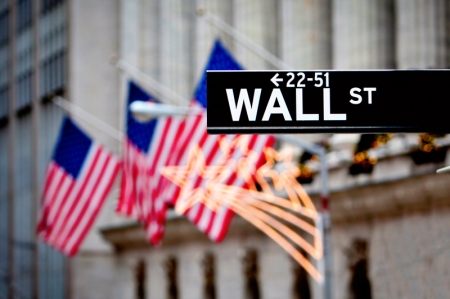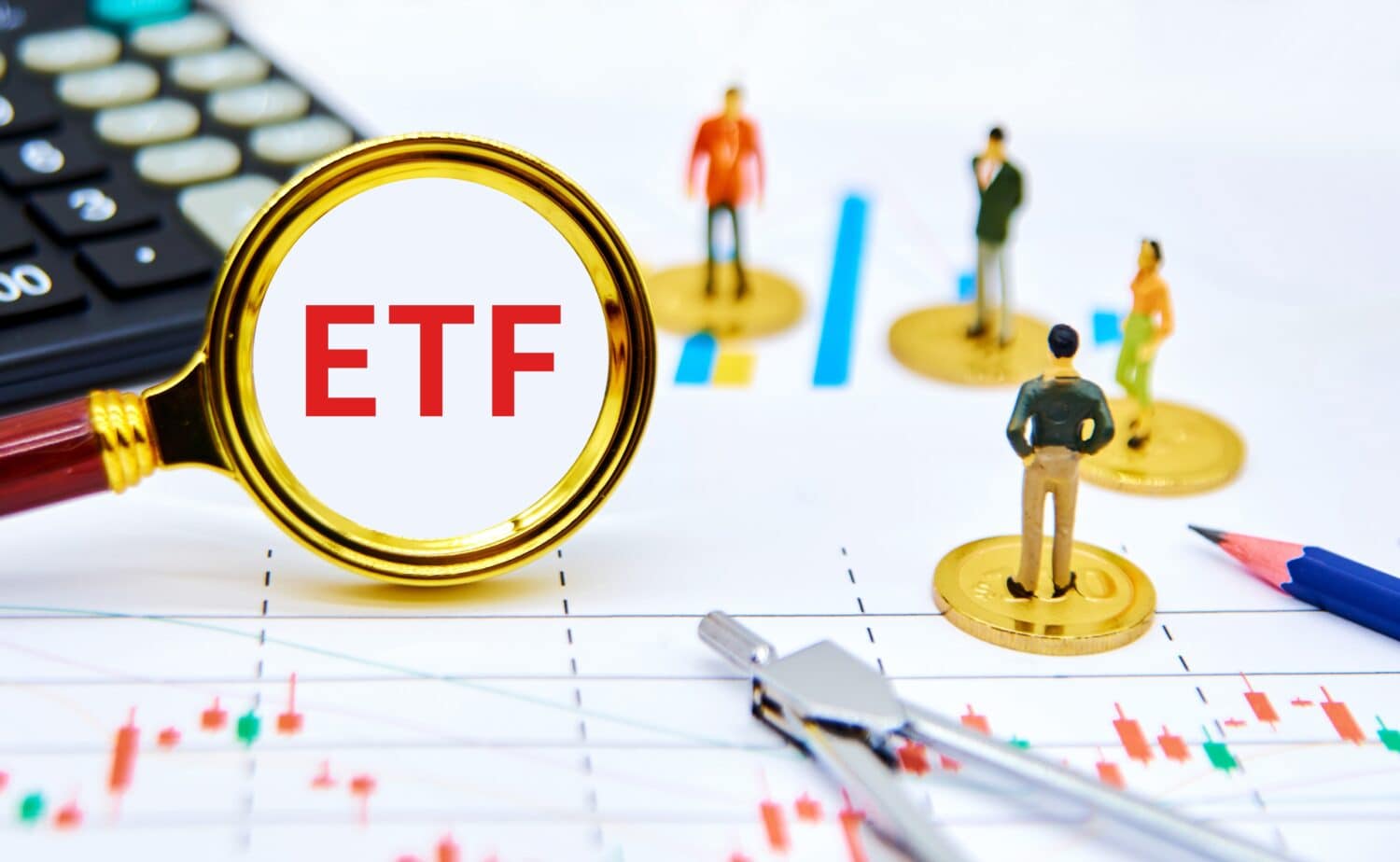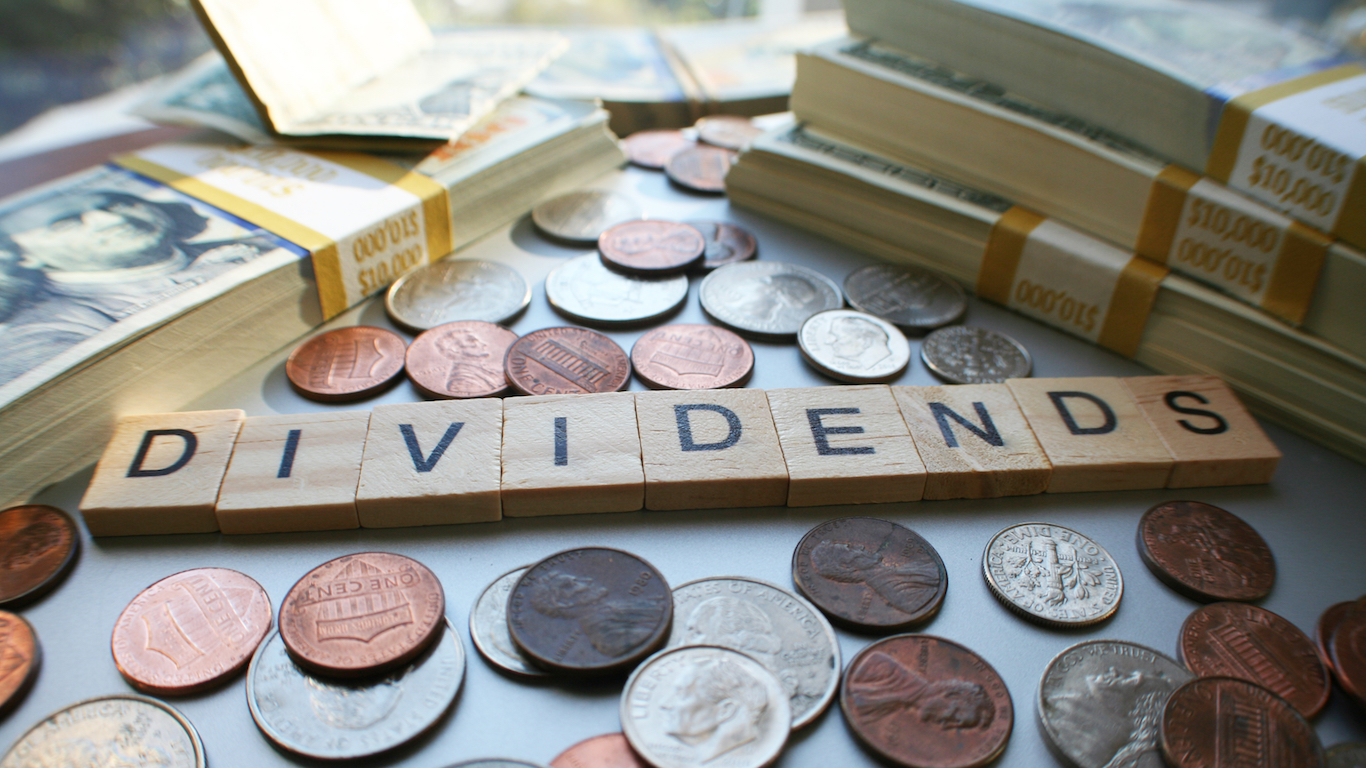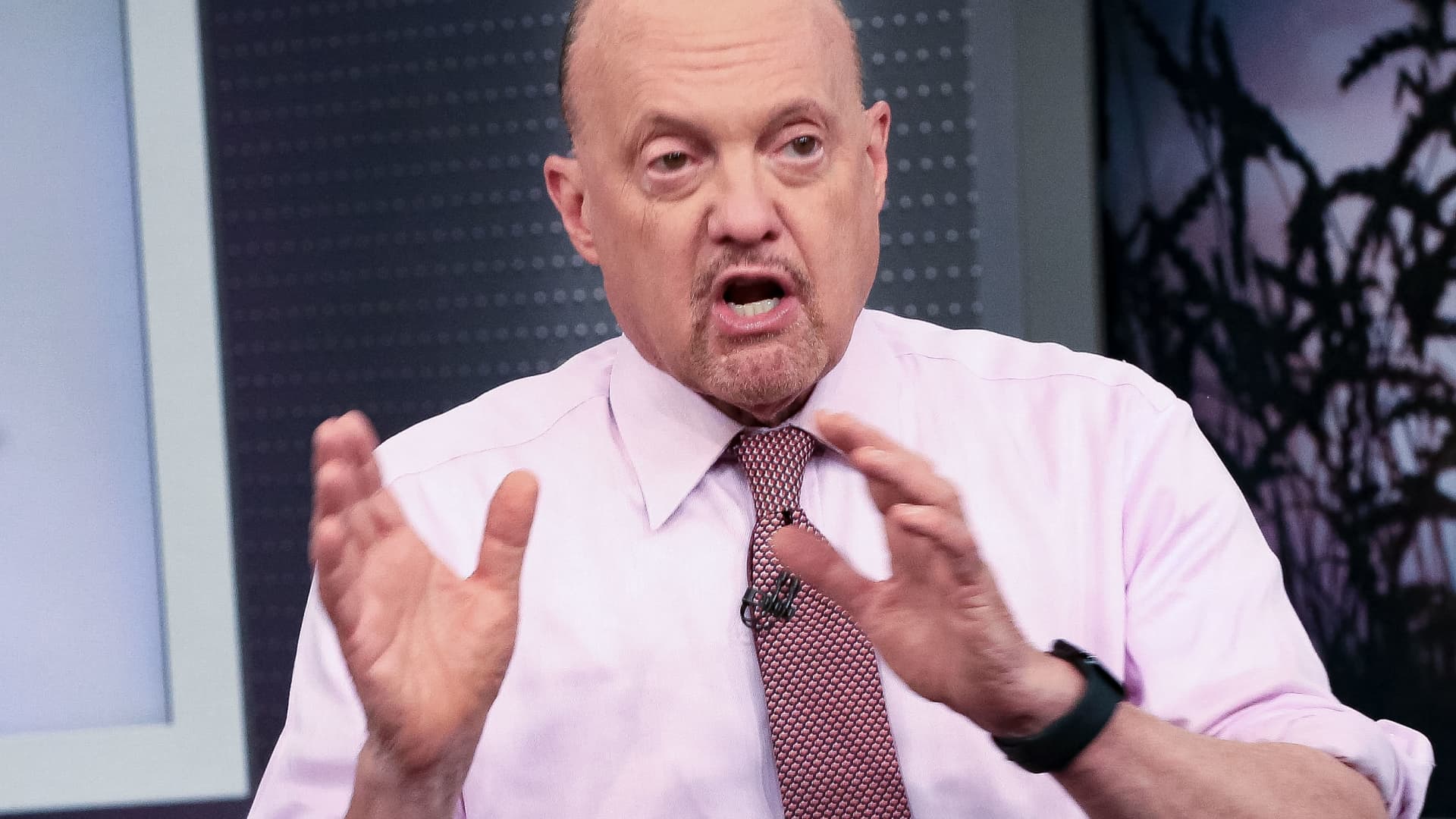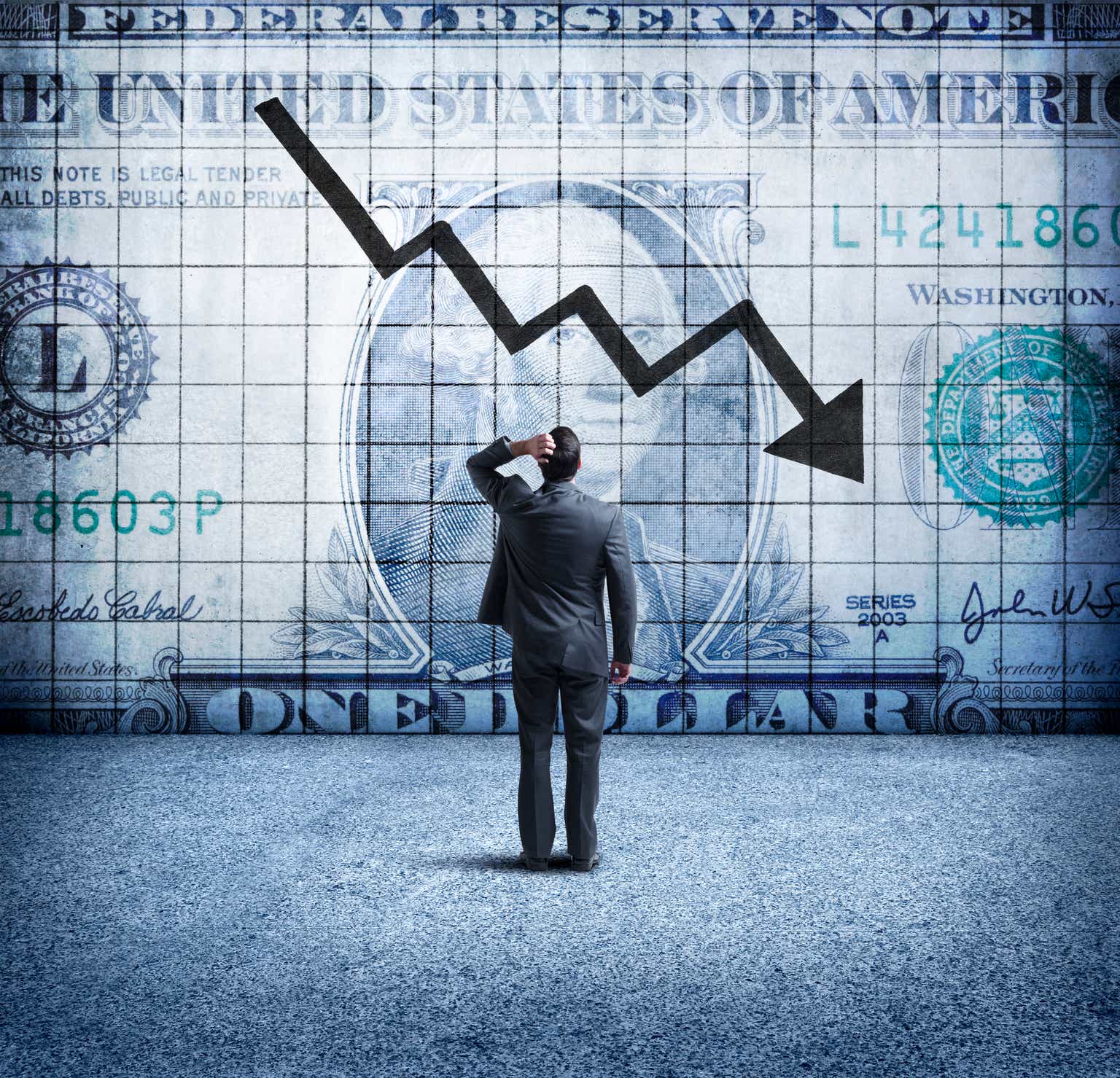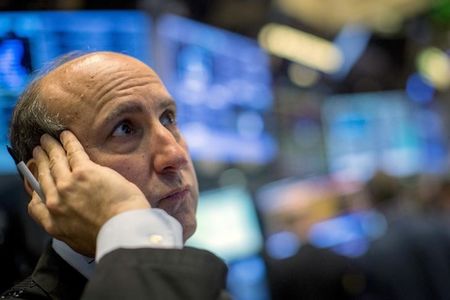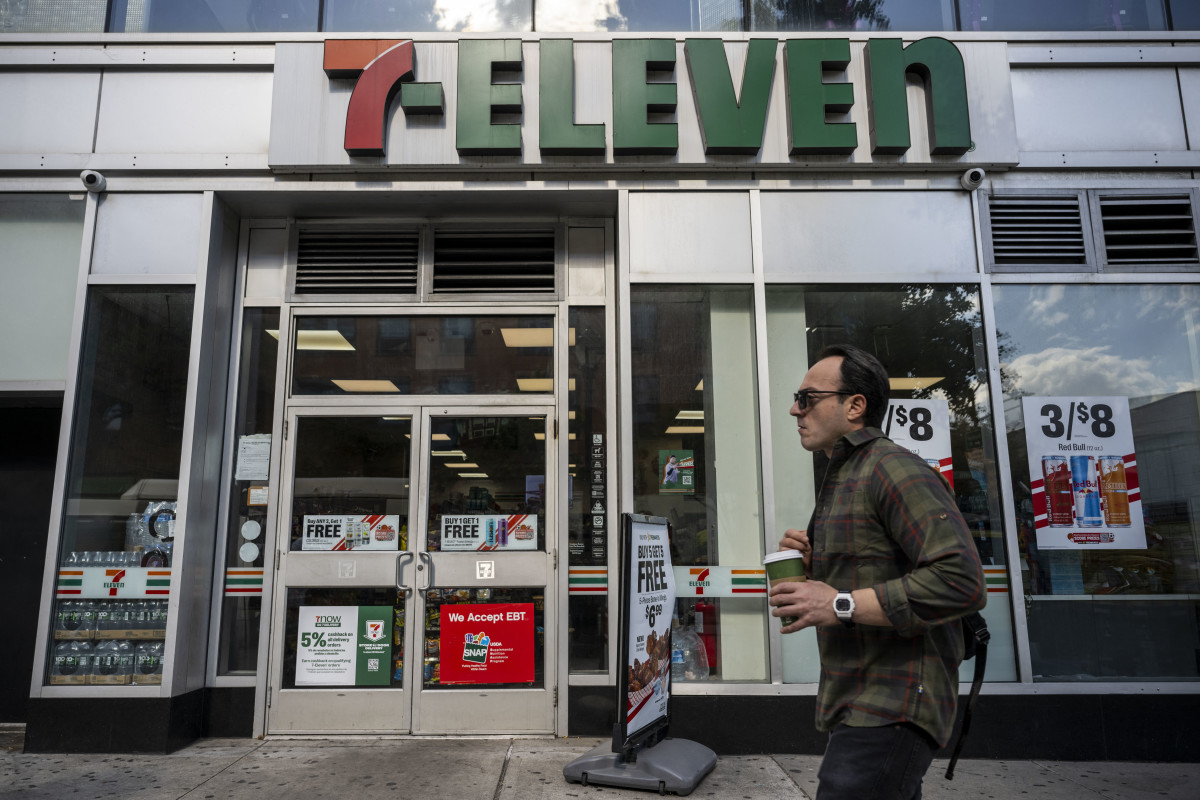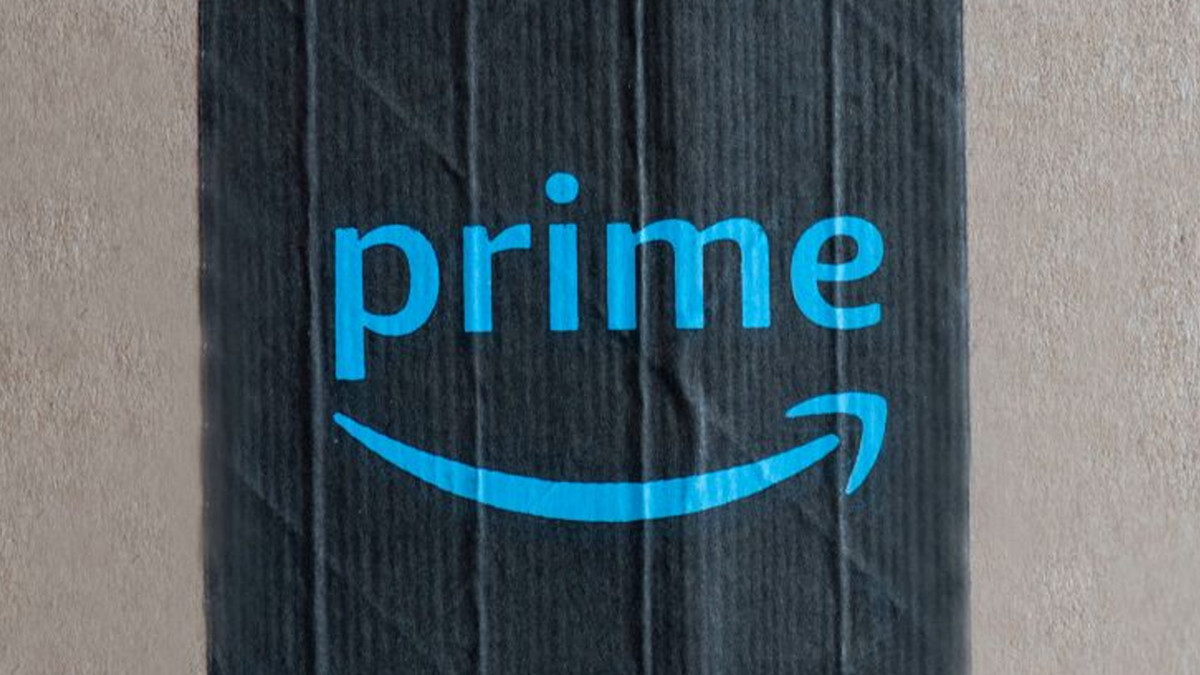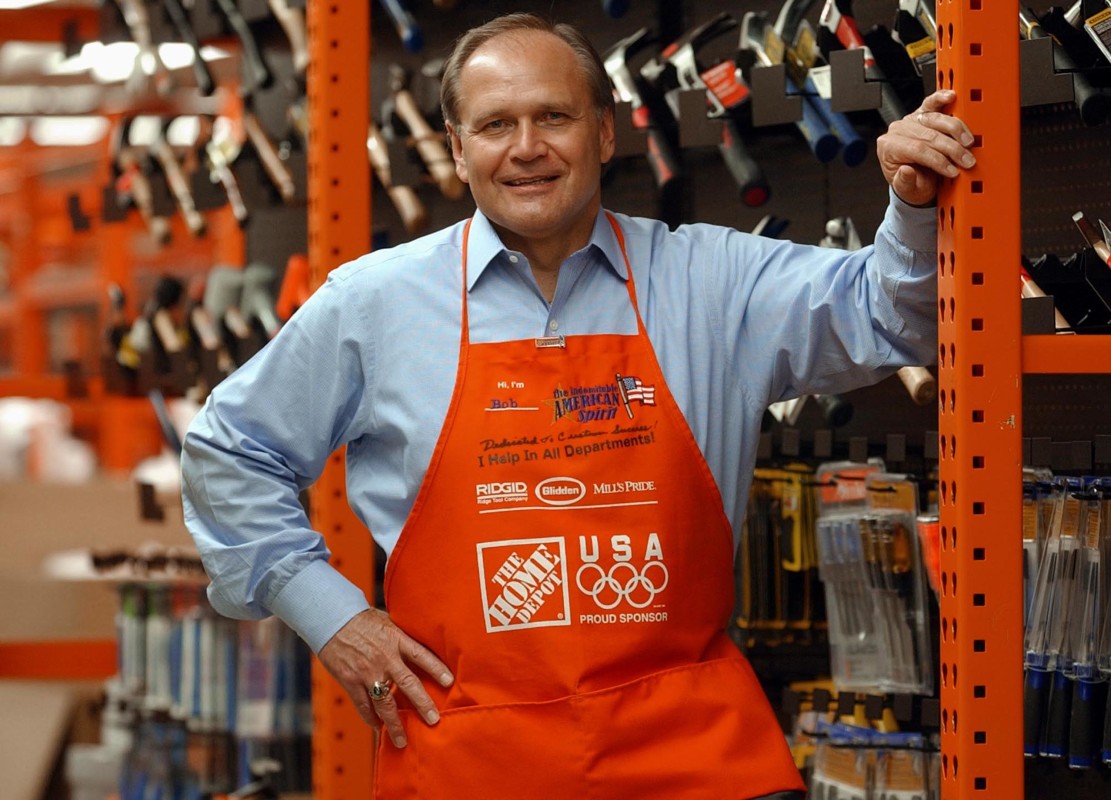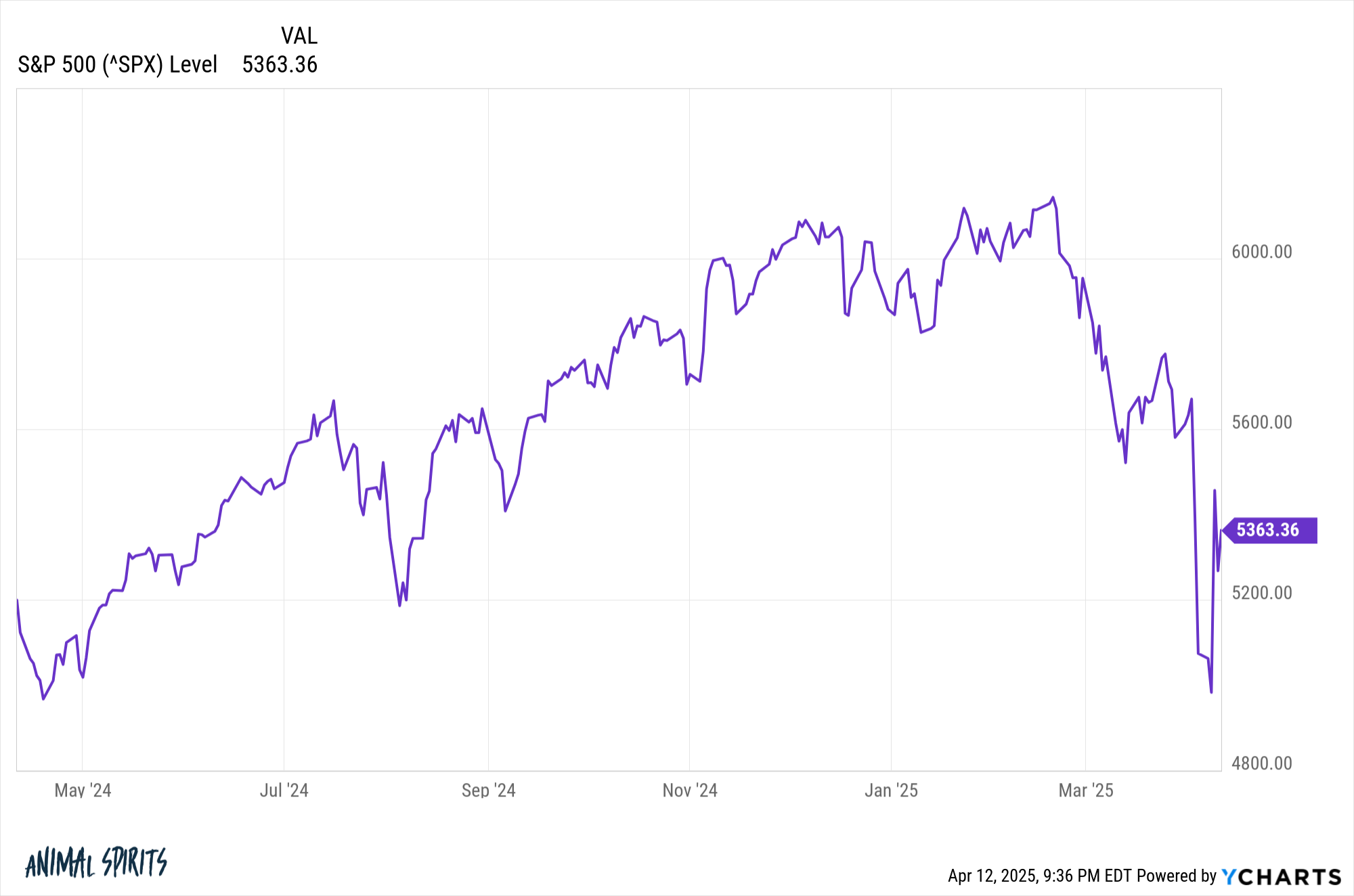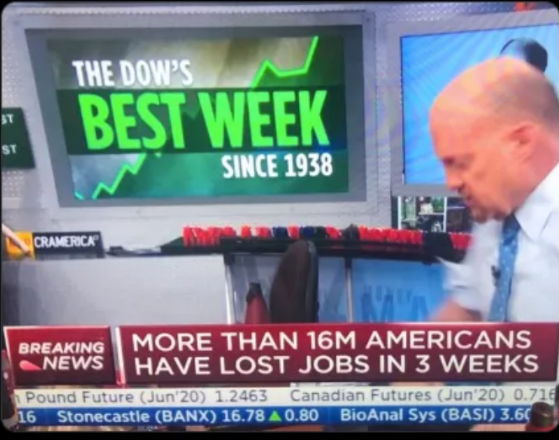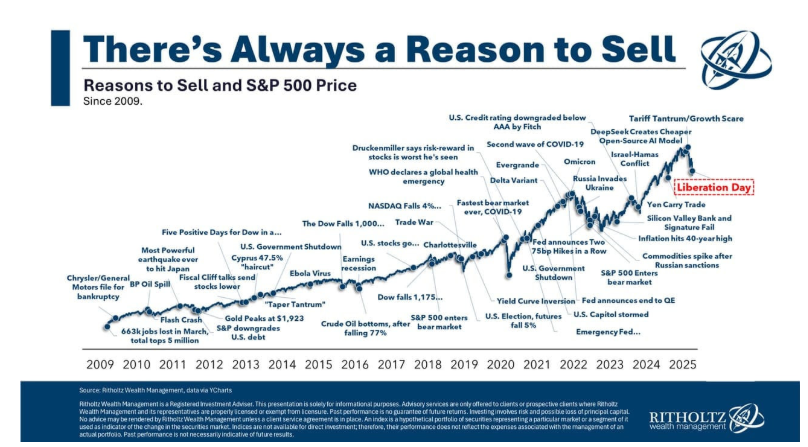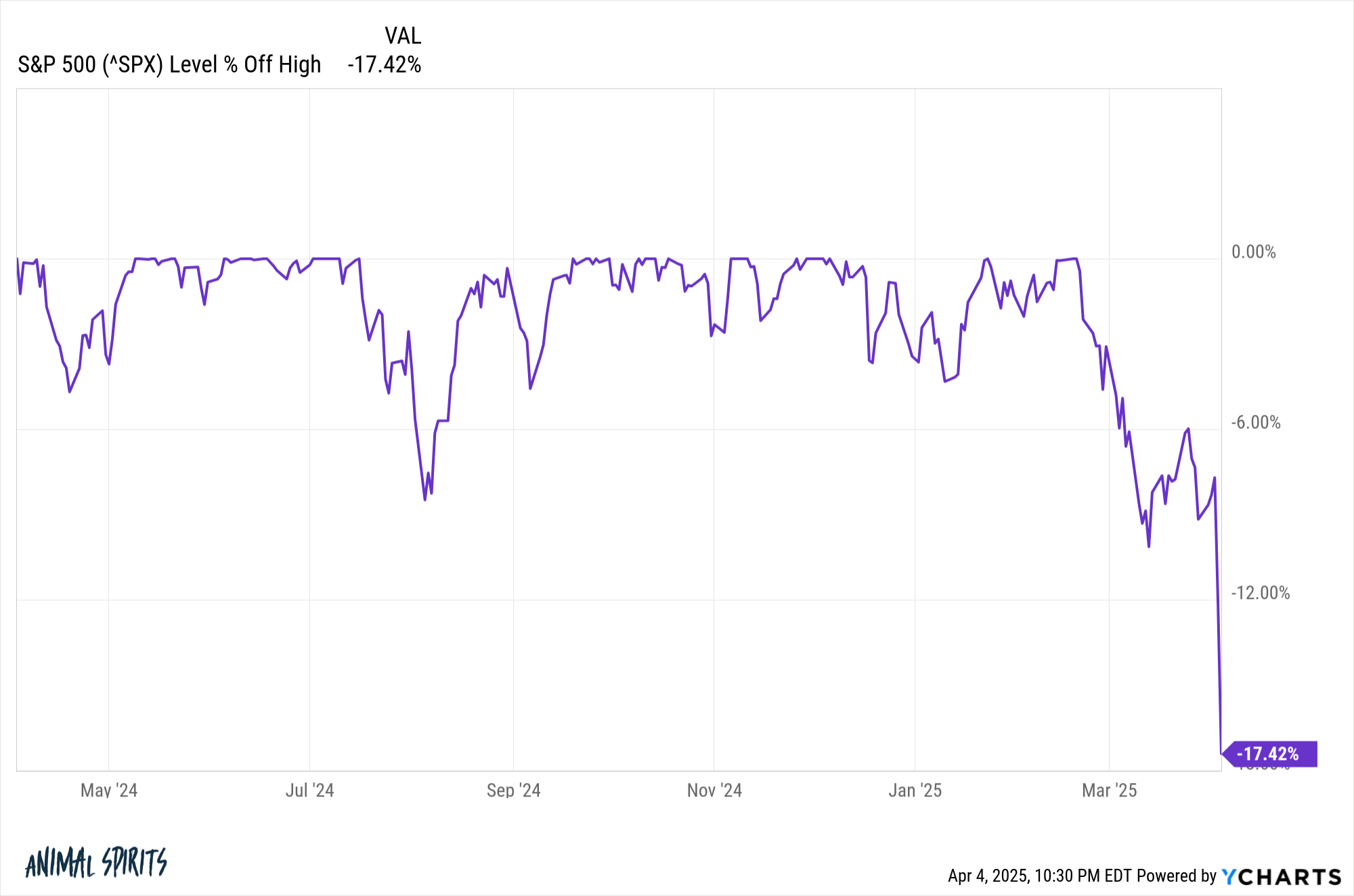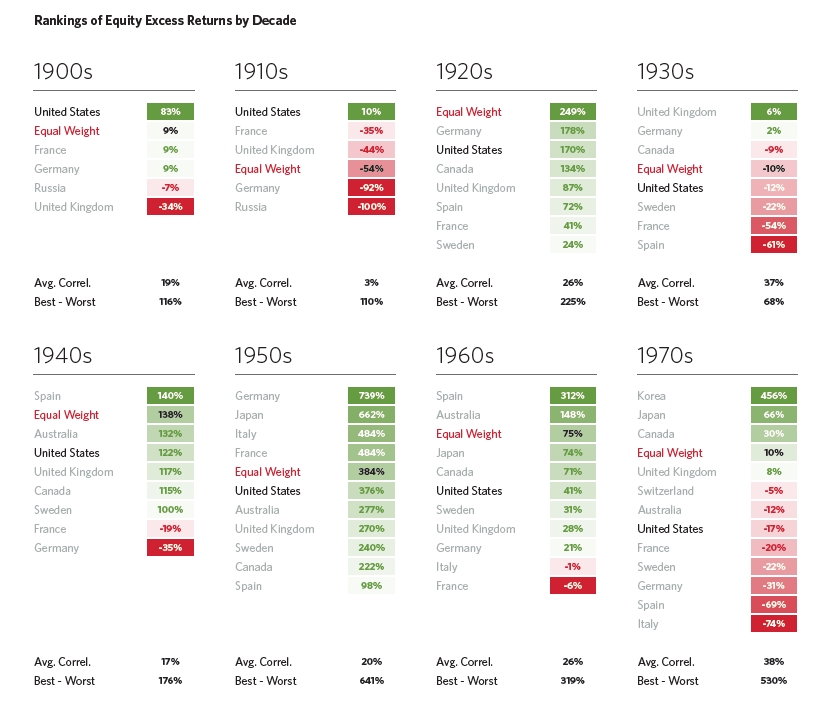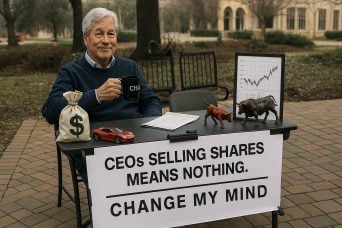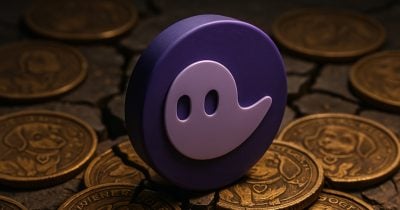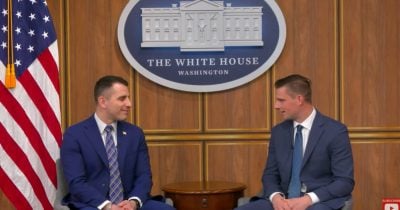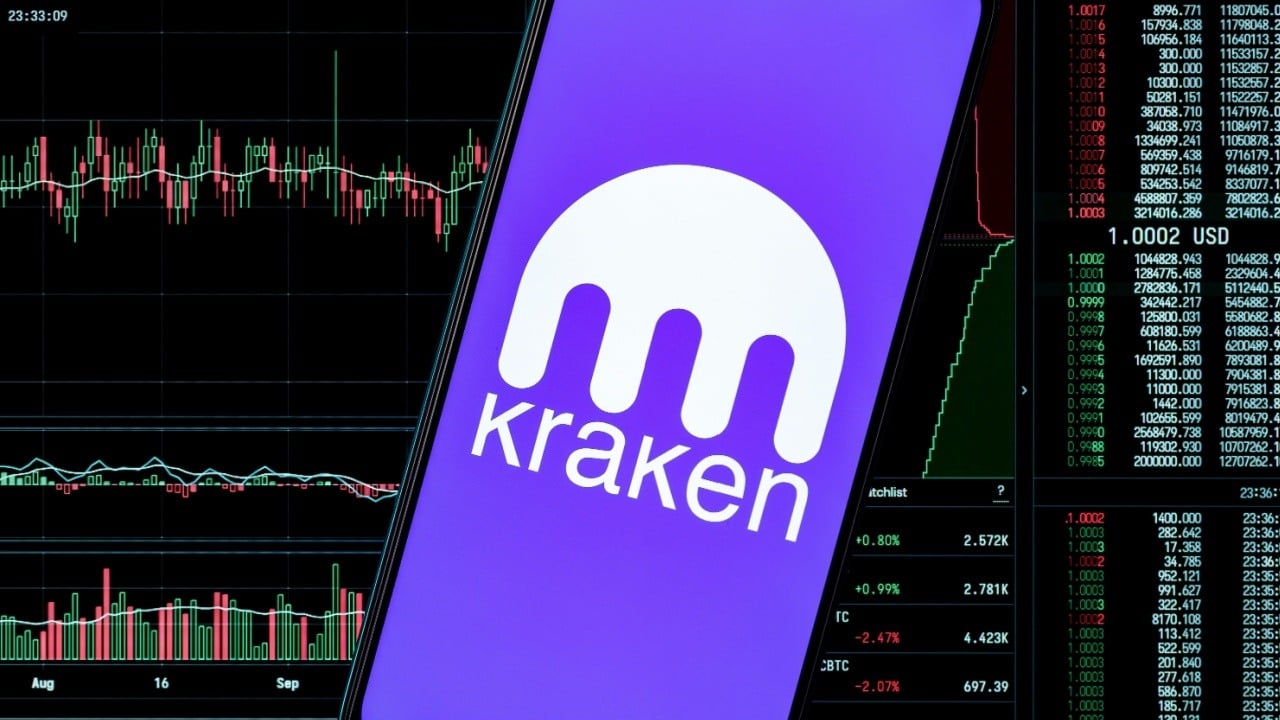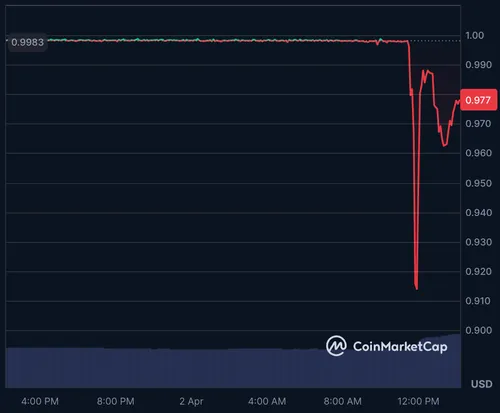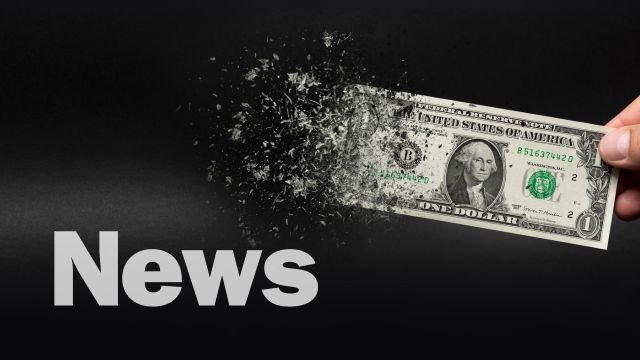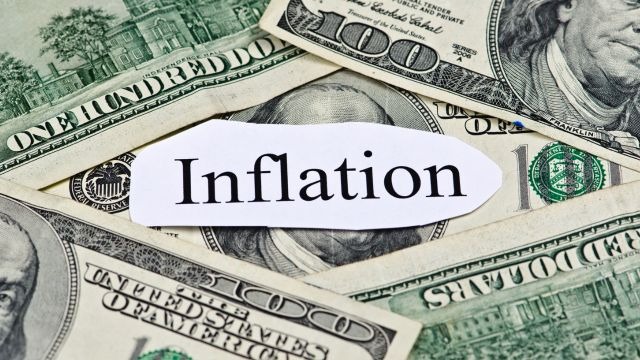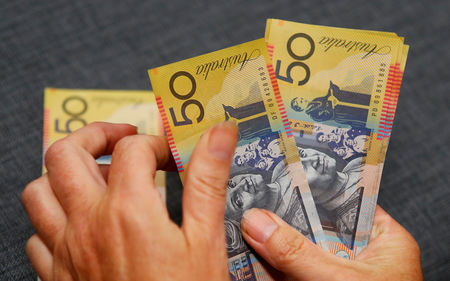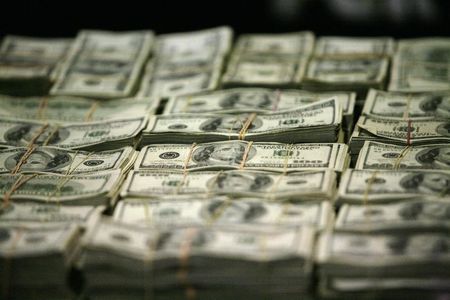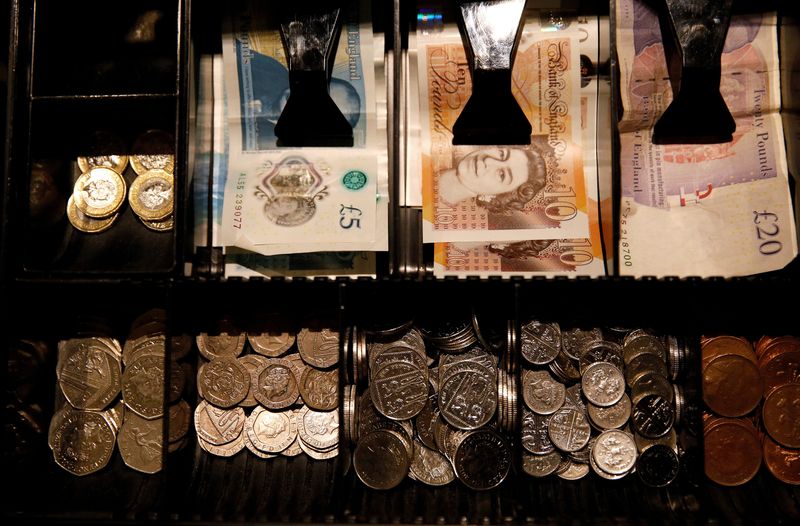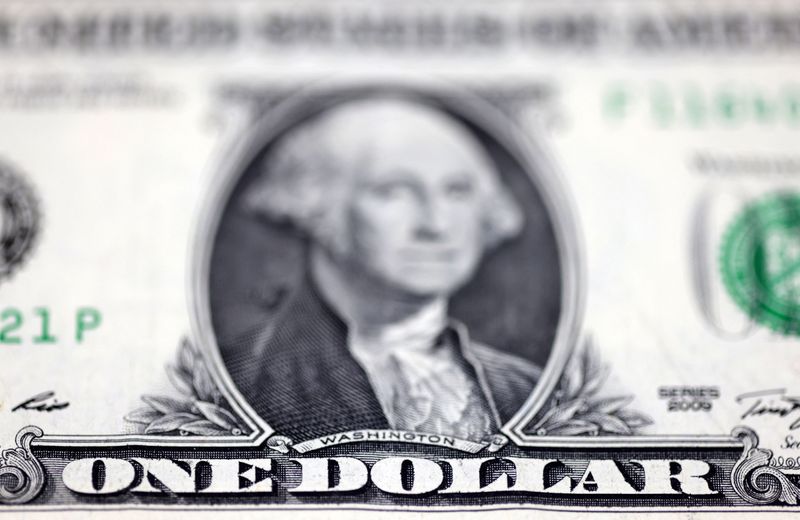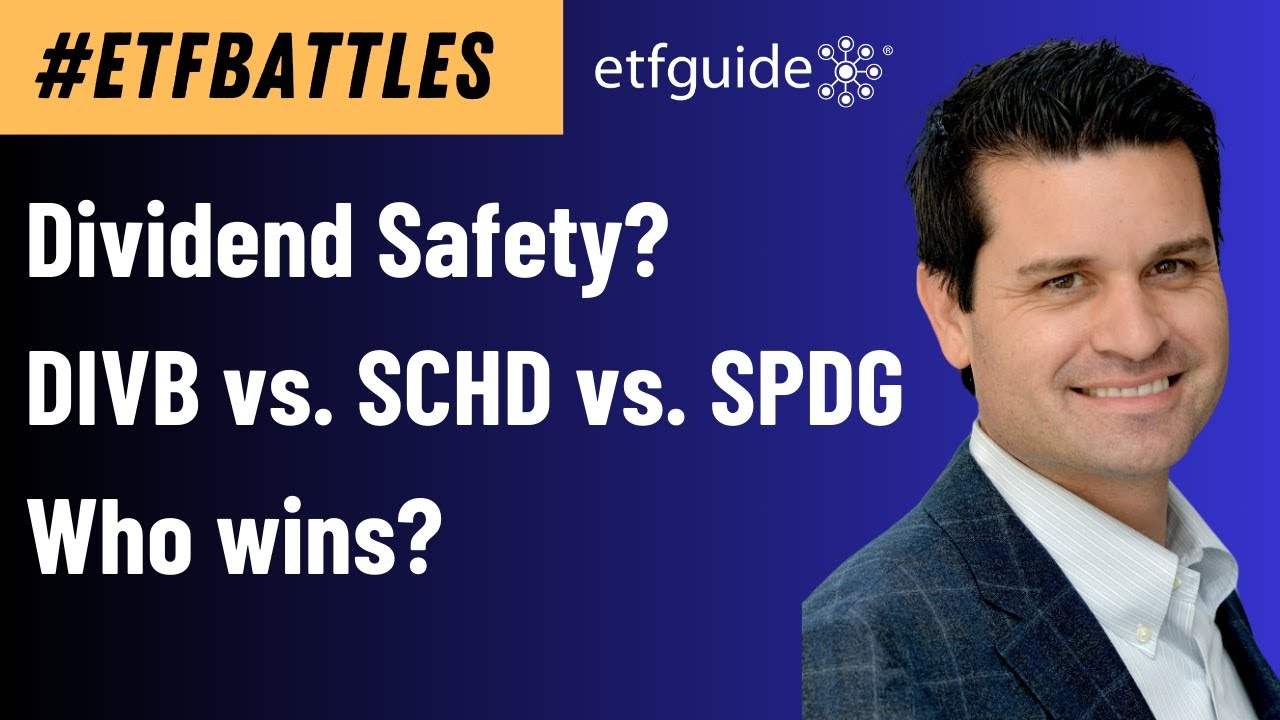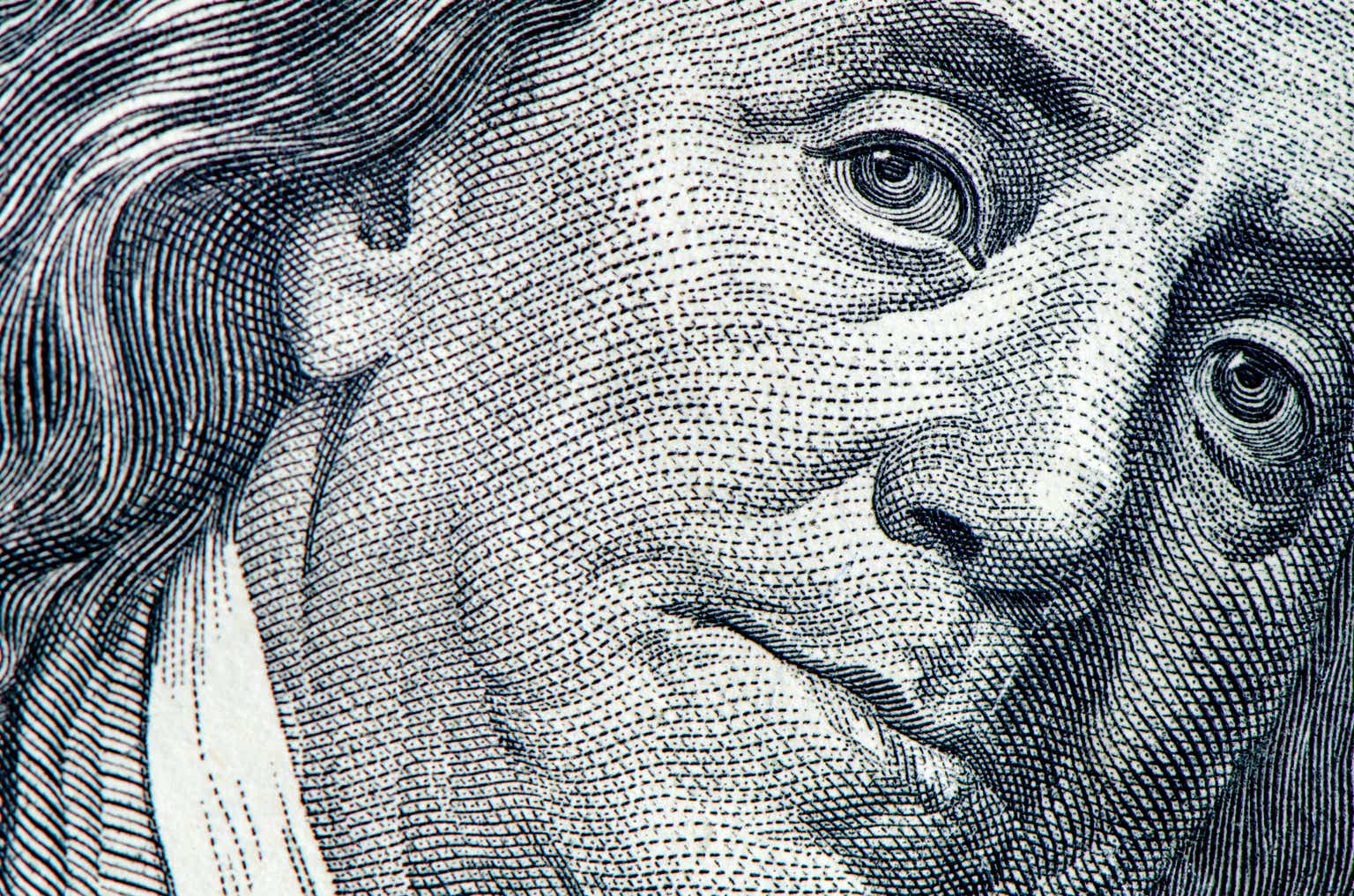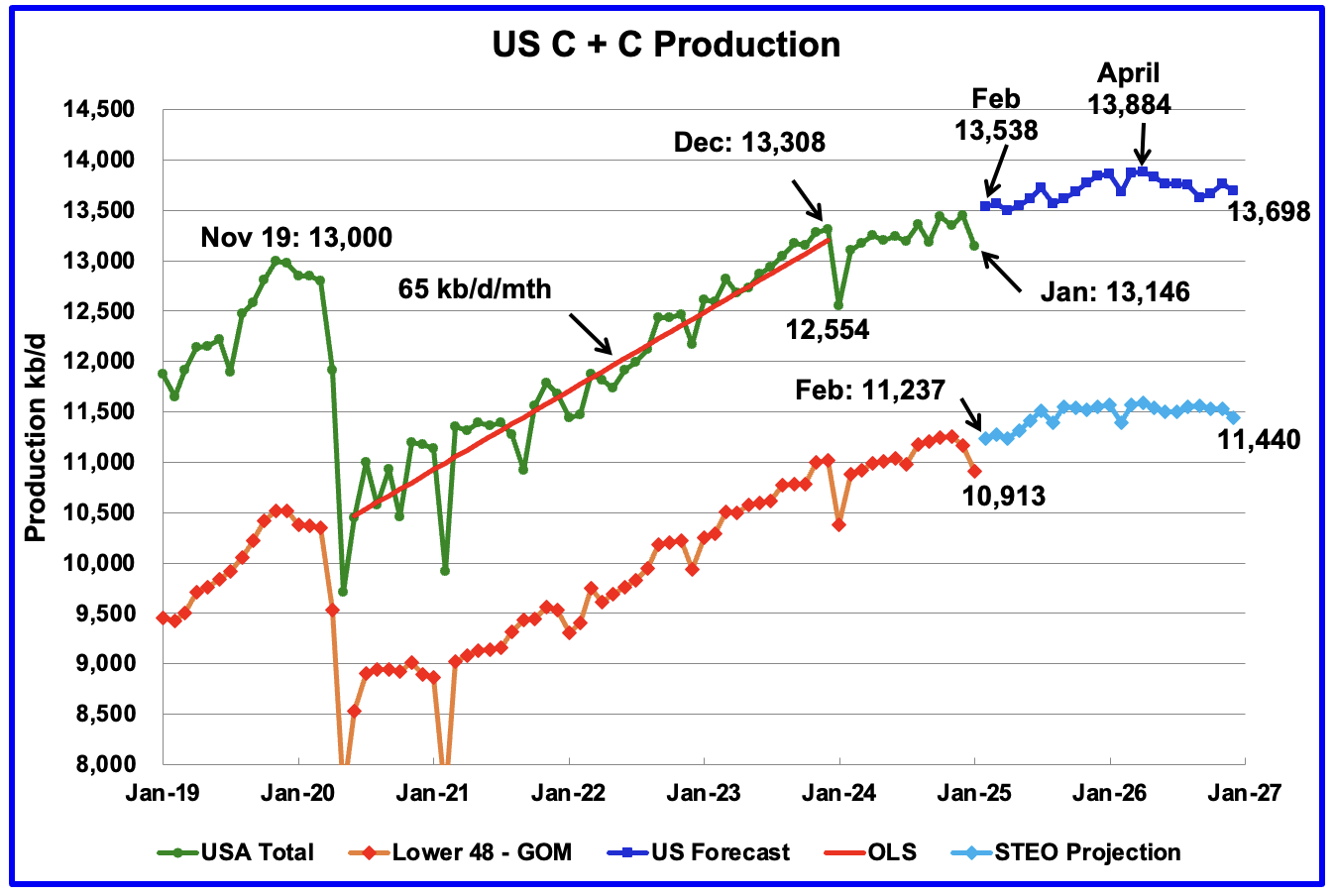After Maxing Out Your 401(k), These Are the Next Steps
Maxing out a 401(k) could set you up for a very rich retirement. In 2025, maxing out a 401(k) means contributing $23,500 if you’re under 50, or $31,000 if you’re or older. And this year, there’s a super catch-up contribution available for workers aged 60 to 63. People in this boat get to put an […] The post After Maxing Out Your 401(k), These Are the Next Steps appeared first on 24/7 Wall St..
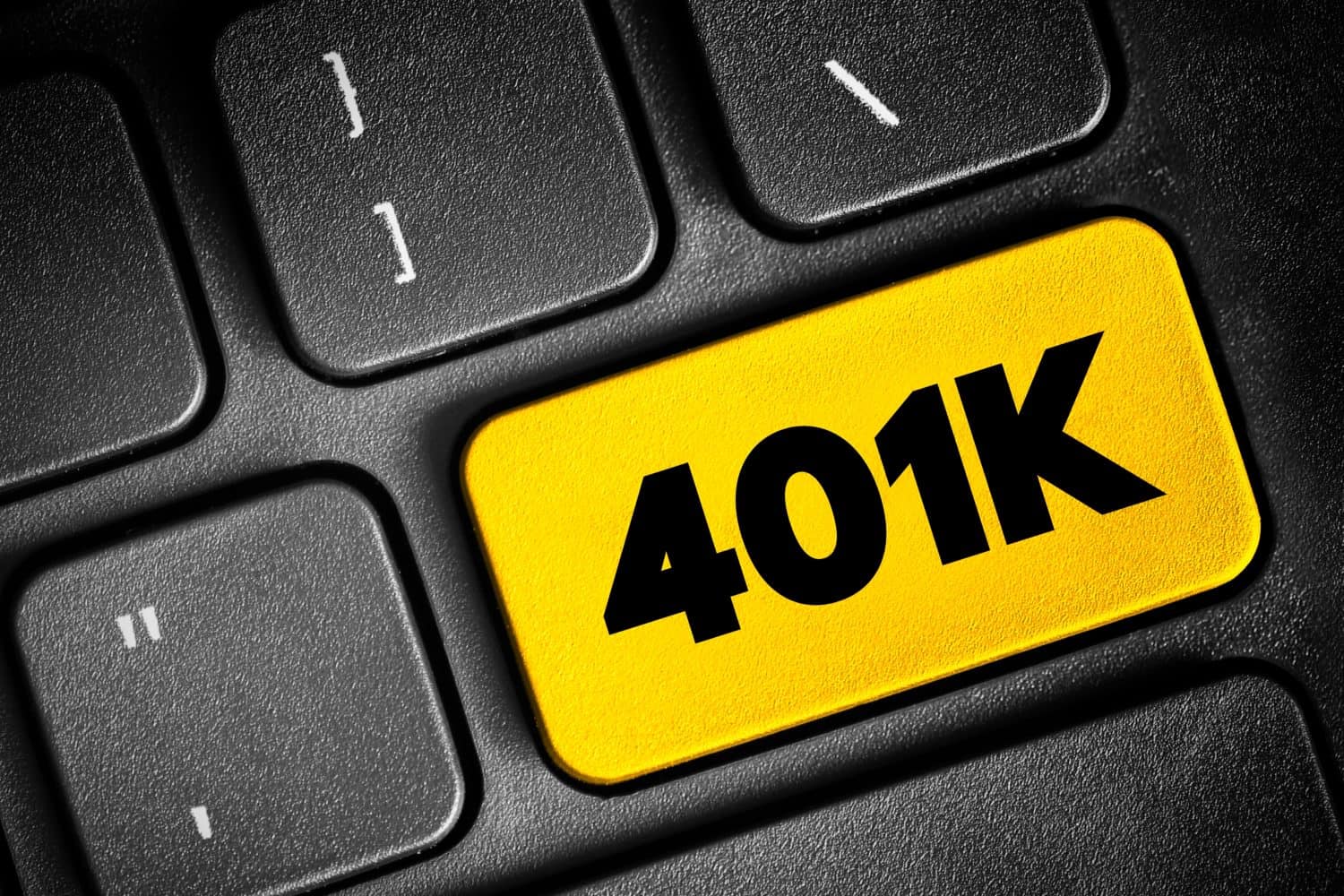
Key Points
-
Once you’ve maxed out a 401(k), you have plenty of options.
-
Put money into an HSA or invest in a taxable brokerage account.
-
Start working toward other non-retirement goals you have.
-
Are you ahead, or behind on retirement? SmartAsset’s free tool can match you with a financial advisor in minutes to help you answer that today. Each advisor has been carefully vetted, and must act in your best interests. Don’t waste another minute; get started by clicking here here.(Sponsor)
Maxing out a 401(k) could set you up for a very rich retirement. In 2025, maxing out a 401(k) means contributing $23,500 if you’re under 50, or $31,000 if you’re or older.
And this year, there’s a super catch-up contribution available for workers aged 60 to 63. People in this boat get to put an extra $11,250 into their 401(k)s instead of the regular $7,500 catch-up for folks 50 and over. That brings their total allowable contribution to $34,750.
But what if you’re in the habit of maxing out your 401(k), yet you still have money left over to work with? That’s a great position to be in. And it’s one you should try to take advantage of. Here are some options to look at in that regard.
1. Fund a health savings account
To be able to contribute to a health savings account (HSA), you must be enrolled in a high-deductible health insurance plan, the definition of which changes every year. Your plan also needs to meet certain requirements for out-of-pocket maximums.
But if your health insurance plan is compatible with an HSA, then it pays to fund one — namely, because HSAs give you three distinct tax benefits. HSA contributions are tax-free, investment gains are tax-free, and withdrawals are tax-free as long as that money is used to cover qualifying medical expenses.
Best of all, HSA funds never expire, so you can carry your balance all the way into retirement and use it then, when your healthcare costs might be most substantial. And if you end up with more money in your HSA come retirement than what you need for healthcare bills, worry not.
Once you turn 65, you can take an HSA withdrawal for any reason without incurring a penalty. However, do be aware that non-medical withdrawals are subject to taxes, the same way traditional 401(k) withdrawals are taxed.
2. Invest in a taxable brokerage account
It’s always a good thing to maximize tax-advantaged accounts. But if you’ve maxed out your 401(k) as well as an HSA, your next step is to invest for retirement in a taxable brokerage account.
You won’t get the benefit of tax-free contributions or tax-deferred investment gains. But you’ll also get complete flexibility with your money.
Unlike 401(k)s, taxable brokerage accounts don’t limit the amount of money you can put in each year. They also don’t impose age-related requirements for removing funds. So it’s a good idea to house part of your nest egg in a taxable brokerage account, especially if you think you may be in line for an early retirement.
3. Save for other financial goals
If you’ve maxed out a 401(k) and have also invested in a taxable brokerage account, it means you may be in great shape for retirement. So once you reach that point, don’t hesitate to start saving for other financial goals.
That could mean socking money away in a 529 plan for your kids’ college. Or maybe it’s been your dream to own a second home. These are things you can save for once you’re in a good place as far as your retirement savings are concerned.
The post After Maxing Out Your 401(k), These Are the Next Steps appeared first on 24/7 Wall St..

















